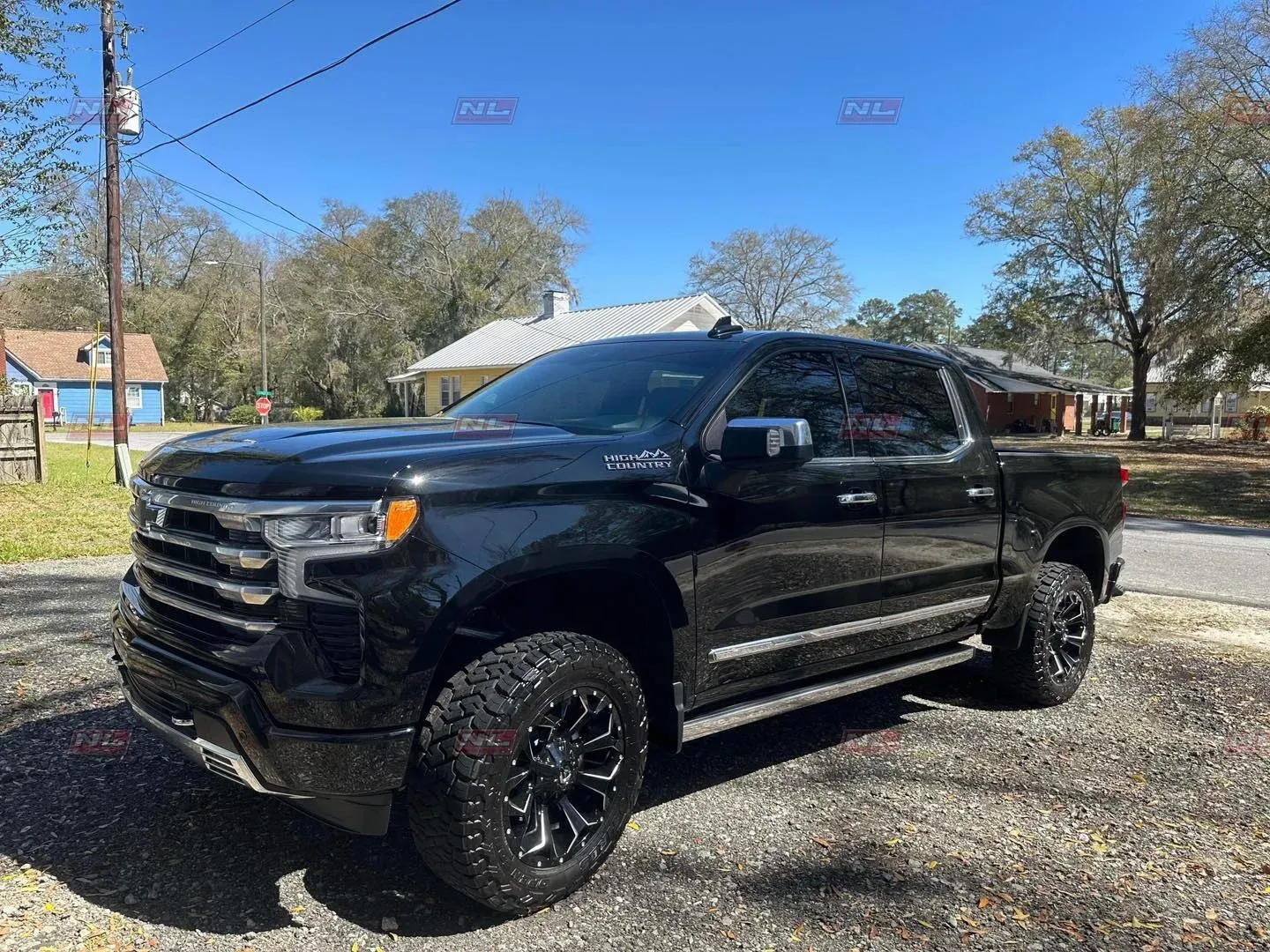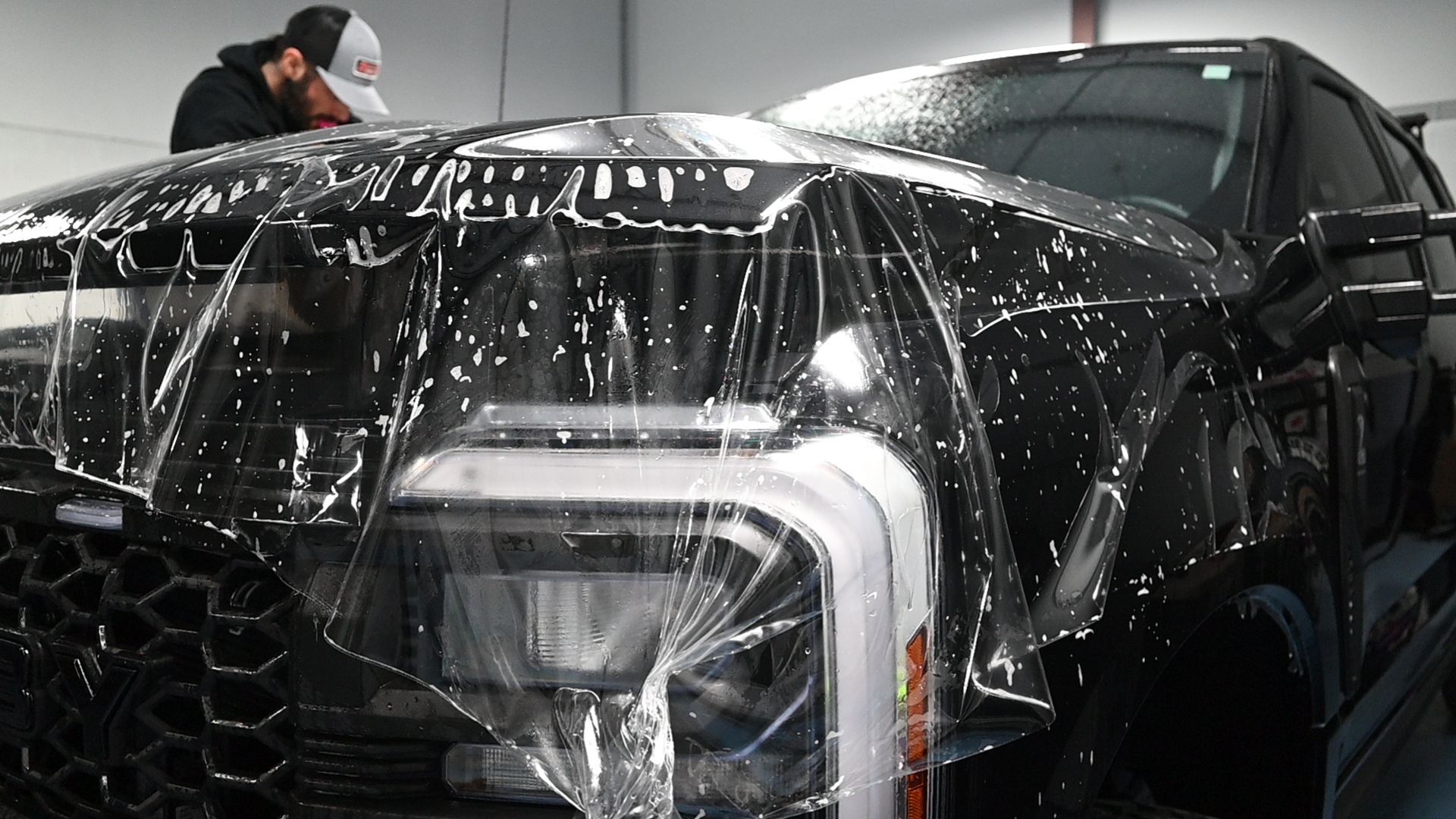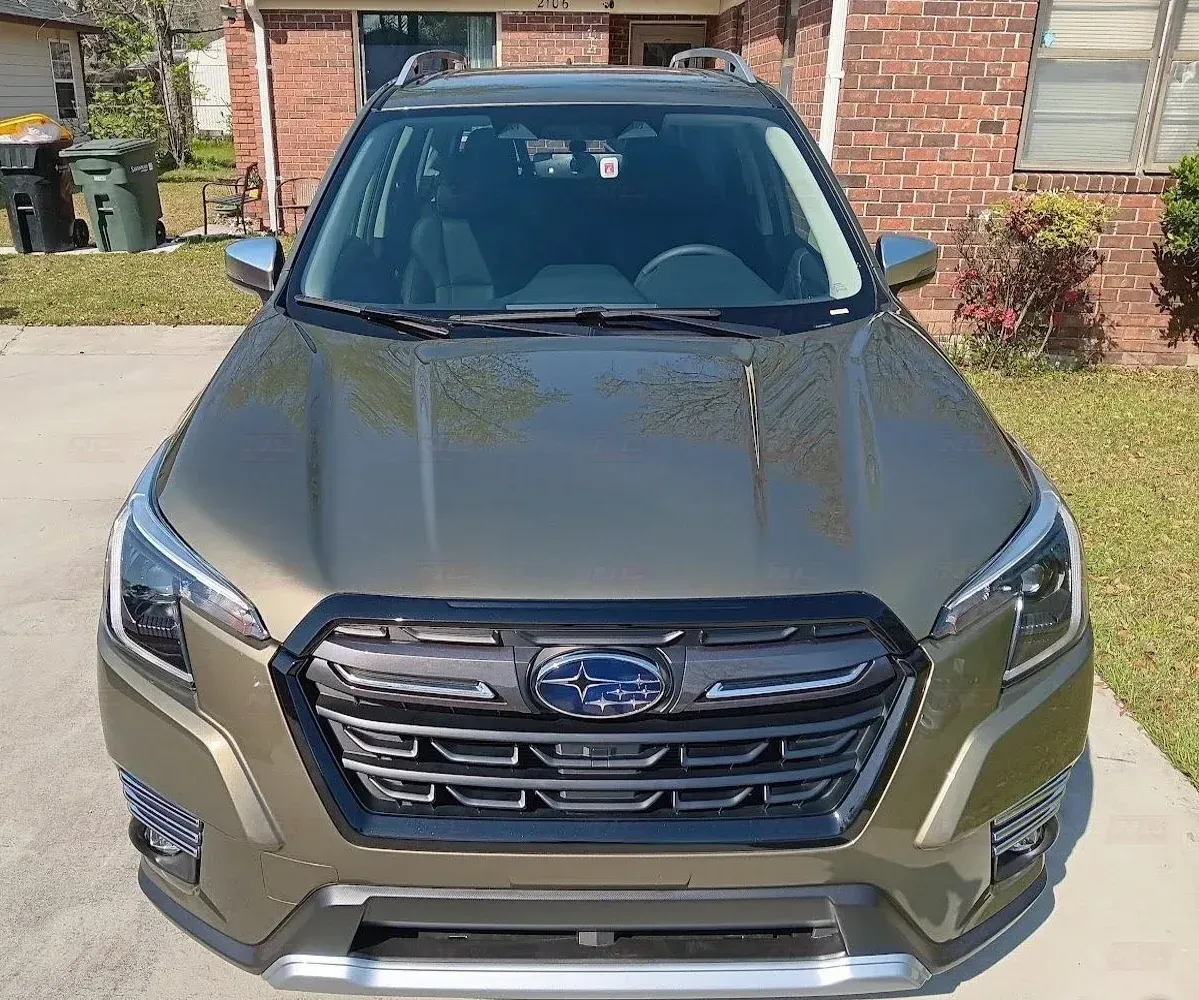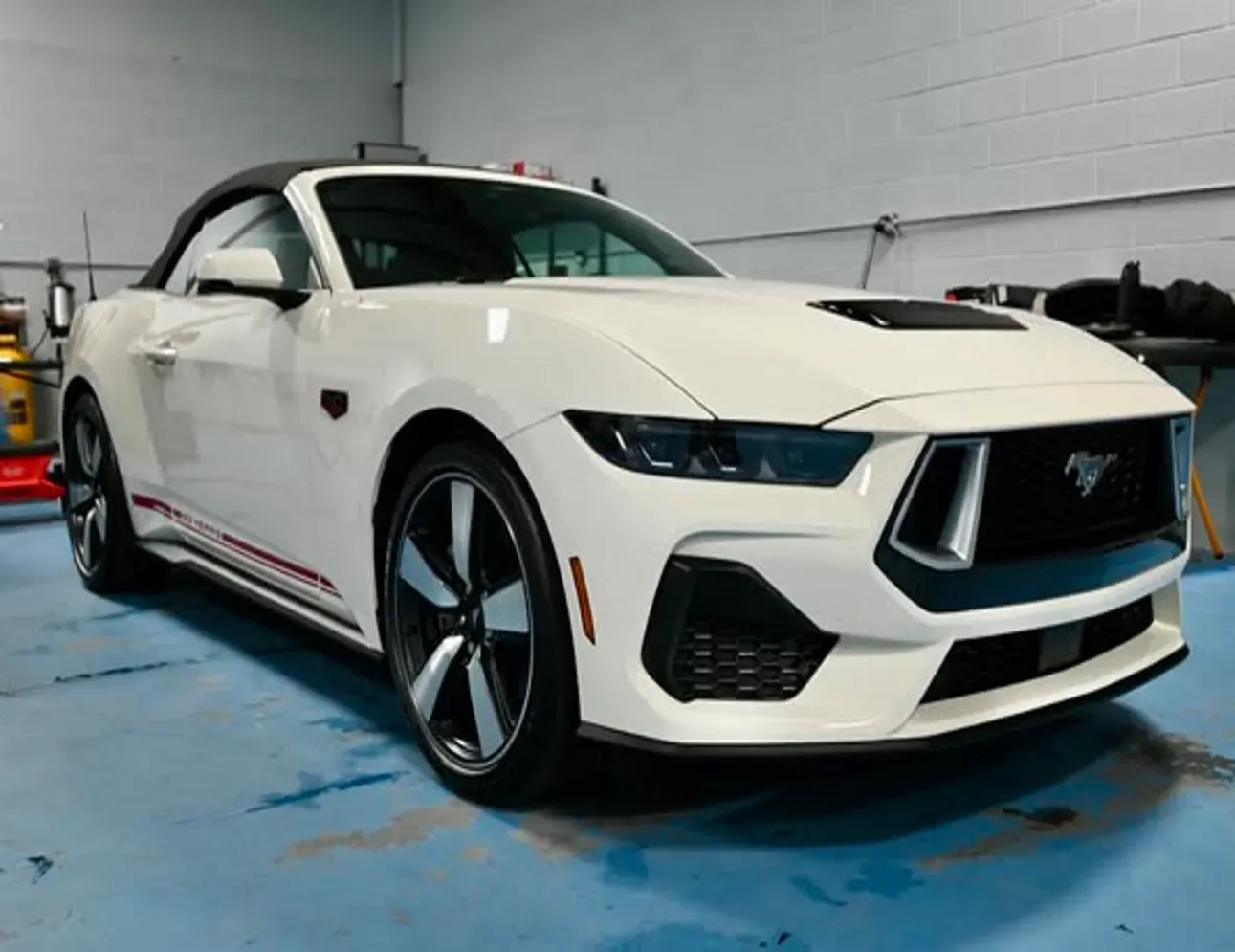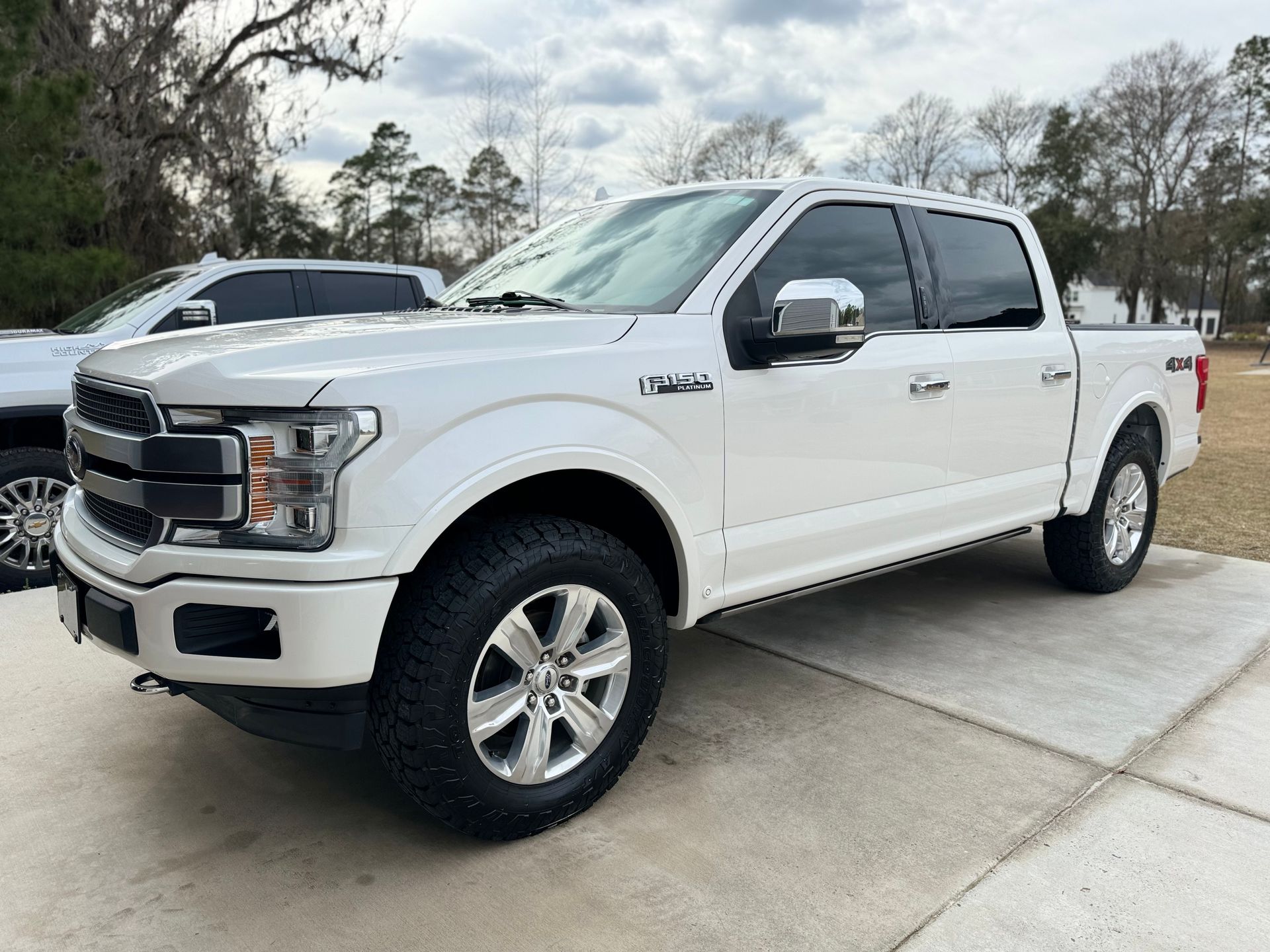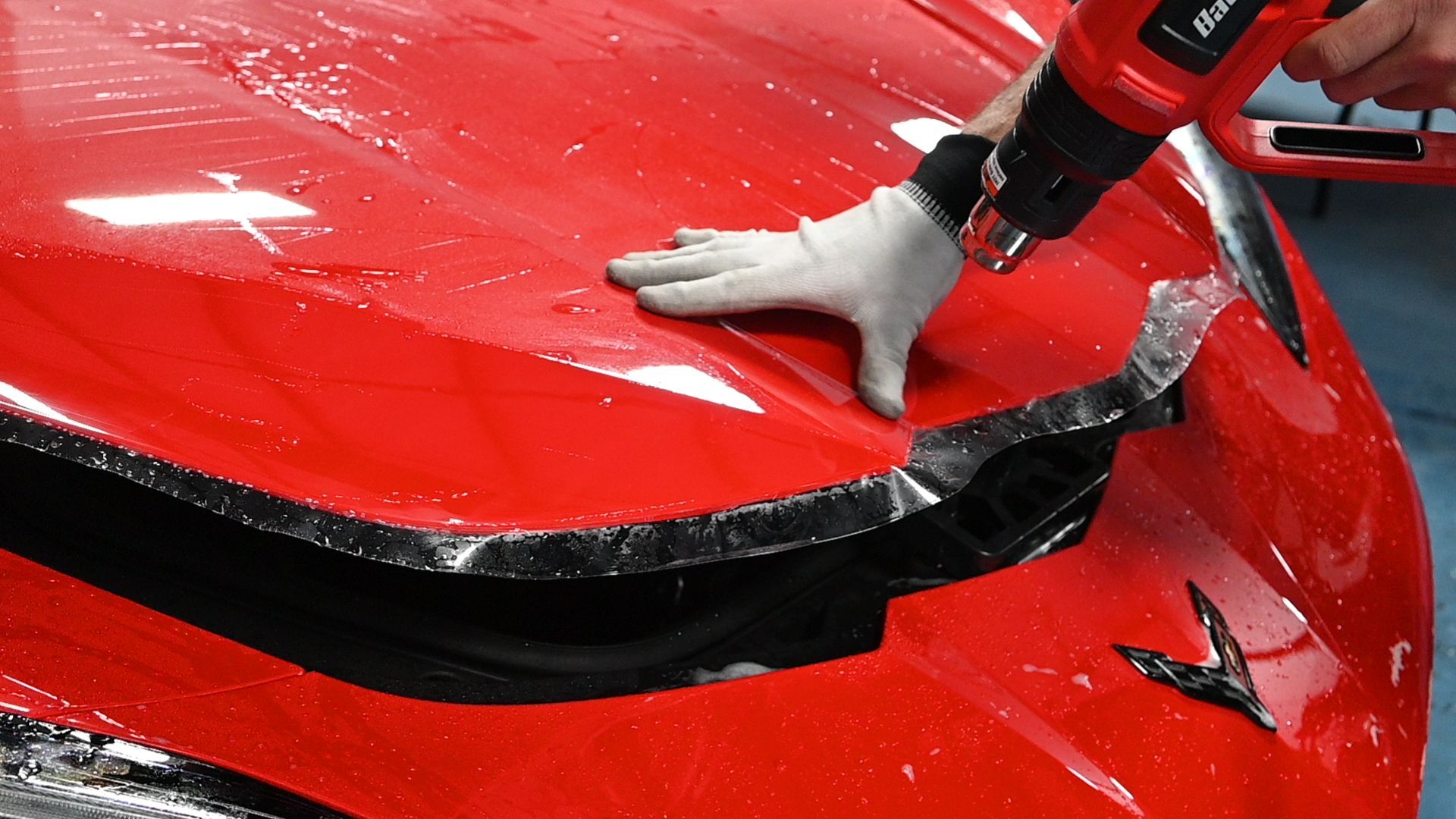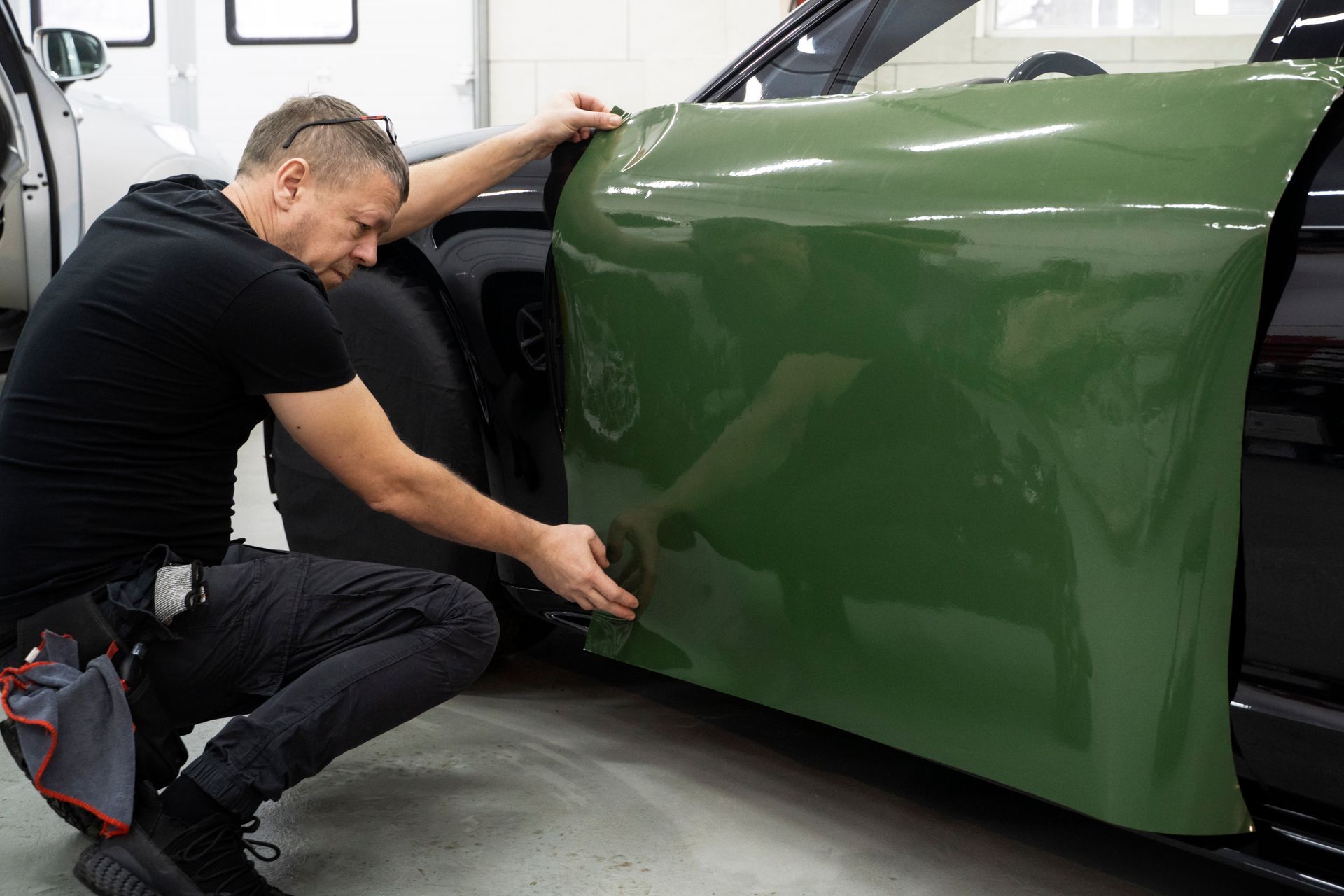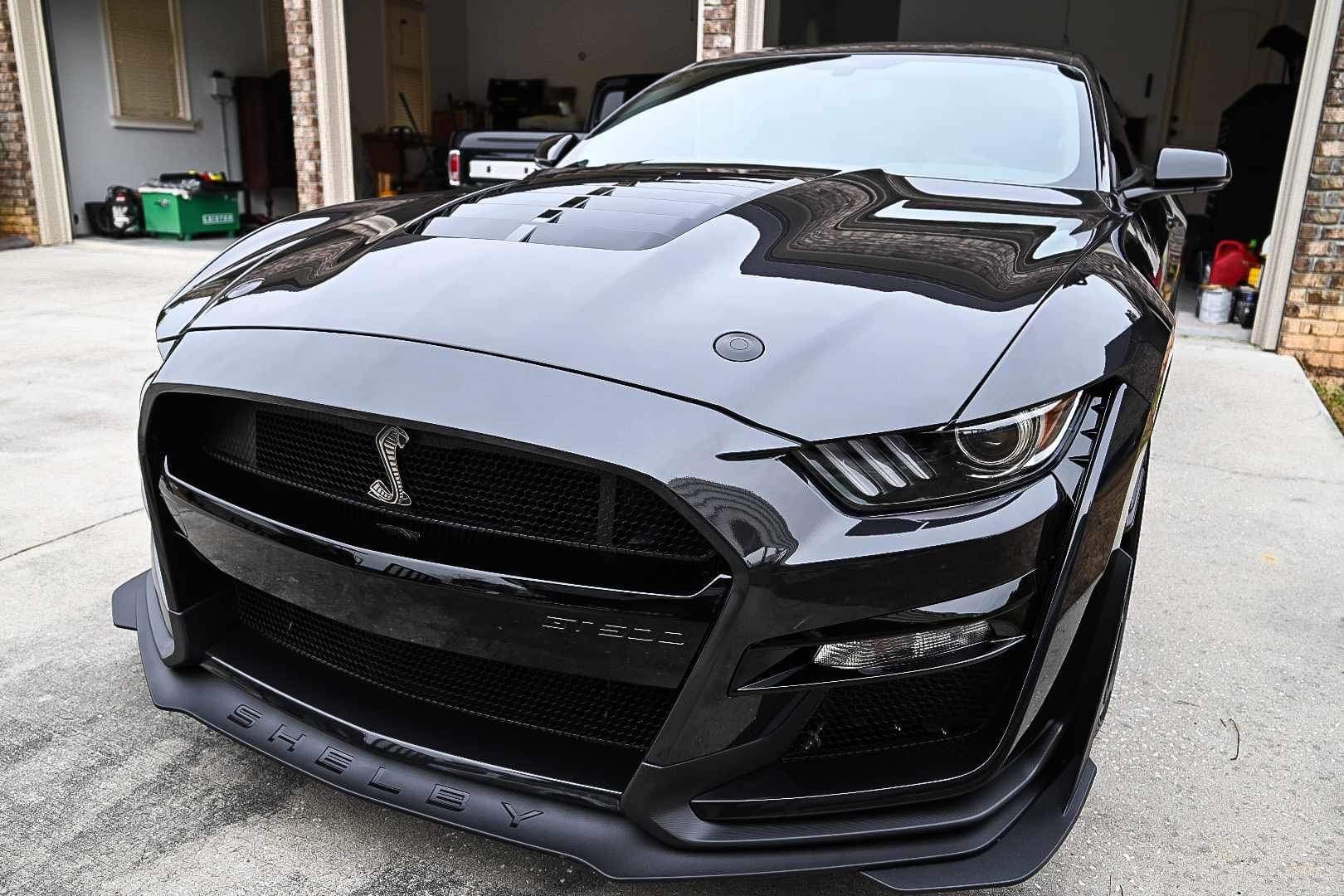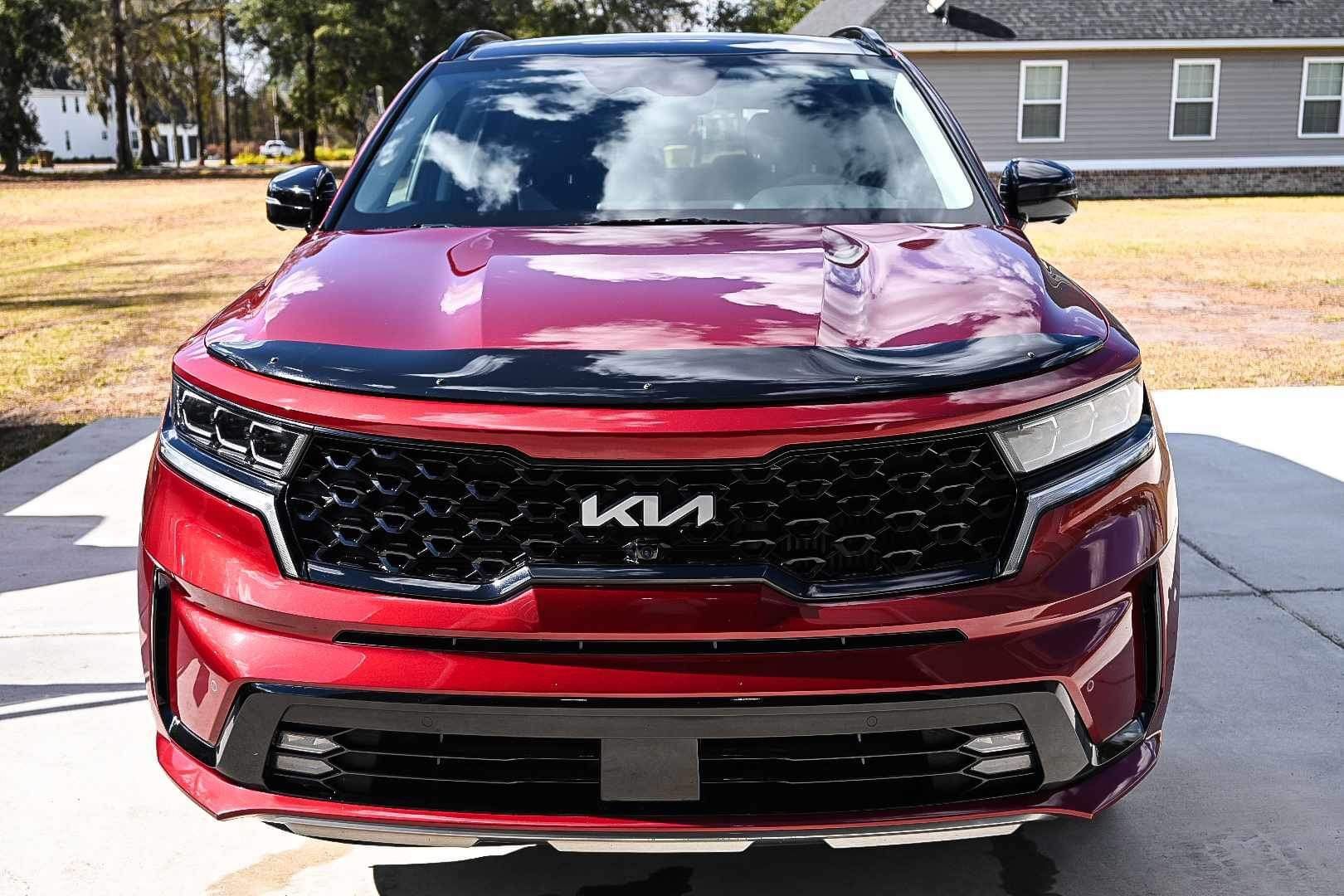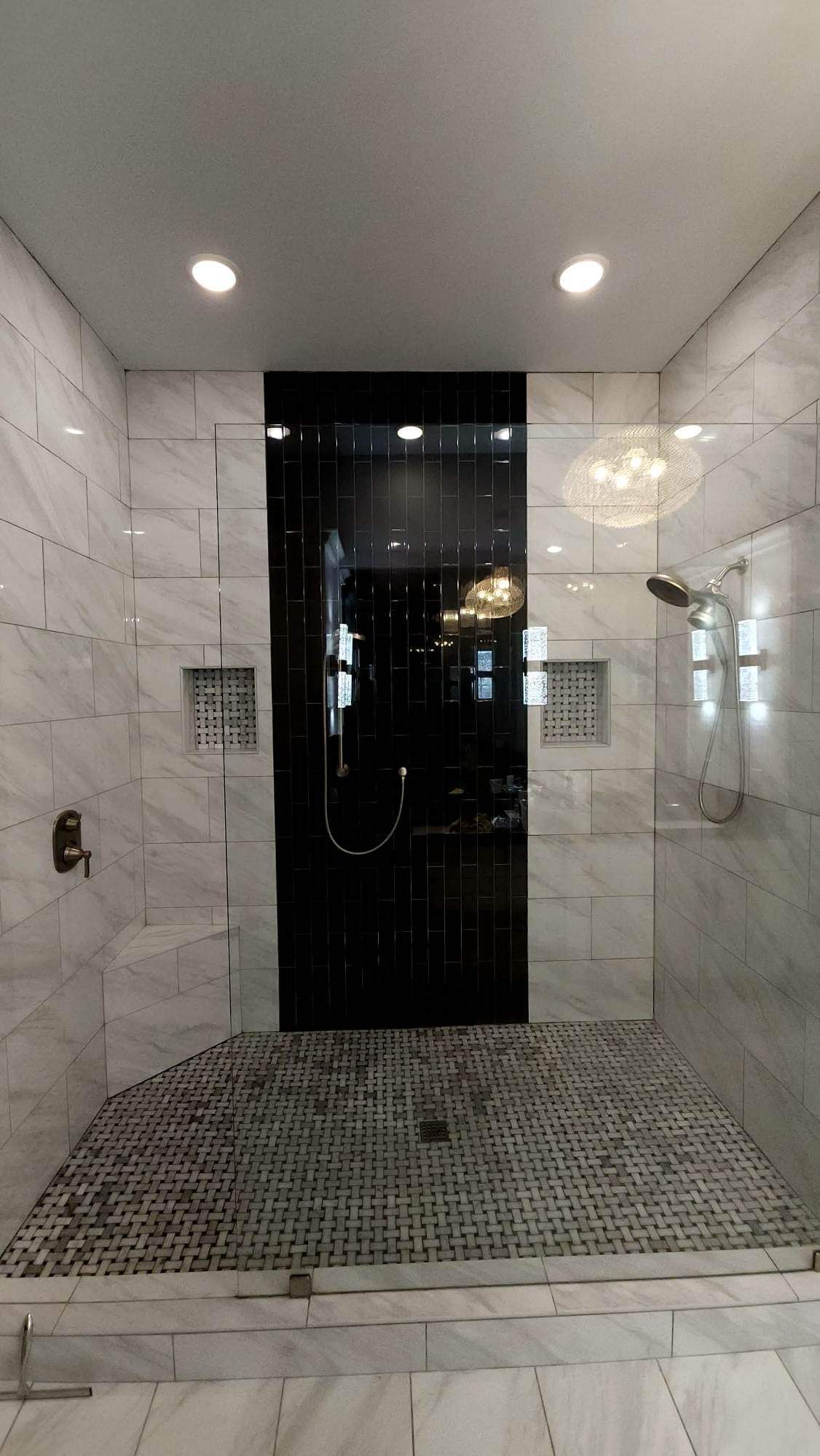How Many Layers of Ceramic Coating Can You Apply to Car?
GET A FREE ESTIMATECALL (912) 656-6947
When considering how many layers of
ceramic coating you should apply to your car's paint, it’s essential to weigh both practicality and effectiveness. Typically, a single layer may offer decent protection against everyday elements; however, for those who demand higher standards—and particularly understand the nuances of automotive care—additional layers can make a significant difference.
Interestingly, professional detailers often debate the optimal number of layers for maximum efficiency without overkill. From our research and experiences at Northern Lights Home & Auto Coatings, two to three layers generally strike a perfect balance between robust defense against environmental damage and maintaining an impeccable gloss. In this blog post, we will delve deeper into how many layers of ceramic coating you can apply to your car!
Number of Ceramic Coating Layers
When it comes to ceramic coatings, the number of layers you can apply depends on the level of protection and longevity you are looking to achieve.
One Layer: Most ceramic coating applications start with a single layer, designed for basic protection. This standard application is suitable for everyday use and offers considerable durability.
Two to Four Layers: Professional detailers seeking enhanced durability and performance may apply between two to four layers of ceramic coating. By adding additional layers, they aim to provide a thicker protective barrier that further shields the vehicle's paint from environmental damage, oxidation, and UV rays.
Keep in mind that while multiple layers can provide increased protection, it's essential that each layer be applied carefully and evenly to ensure optimal results.
Additionally, the quality of the coating being used and the skill of the applicator play crucial roles in determining the effectiveness of multiple layers.

Necessary Layers for Effective Protection
Achieving maximum protection for your precious vehicle paintwork involves finding the sweet spot regarding the number of ceramic coating layers.
Applying multiple layers ensures that the entire surface receives uniform coverage, protecting your car against various environmental elements, scratches, and UV rays without overdoing it. With this approach, you achieve comprehensive coverage that extends the life of your vehicle's paint job and maintains a lasting sheen.
At Northern Lights Home & Auto Coatings, we've honed our expertise in ceramic coating applications and recommend a minimum of two layers to all our customers. This practice ensures that each vehicle receives thorough and long-lasting protection, bolstering its resistance to daily wear and tear.
Moreover, thicker isn't always better when it comes to ceramic coatings. Applying too many layers can lead to a surplus build-up that not only becomes wasteful but can also affect the overall appearance by creating an overly thick coating with the potential for inconsistencies or imperfections.
By finding the right balance in the number of ceramic coating layers applied, you're ensuring that your vehicle receives optimal protection while maintaining its sleek appearance. This approach guarantees that you're getting the most out of your investment in ceramic coating, allowing you to enjoy a durable shield against environmental hazards and keep your car looking pristine for years to come.
Preparation for Ceramic Coating Application
Getting your car ready for ceramic coating isn't just about giving it a quick wash and wipe. It's a meticulous process that sets the stage for the coating to bond effectively with your car's paintwork, ensuring long-lasting protection. Let's break it down step by step to make sure you're fully prepared.
Step-by-Step Surface Prep
First, thorough cleaning: Start with a meticulous wash to remove any dirt, road grime, and contaminants.
A clean surface ensures that the ceramic coating can adhere properly without any interference from dirt or grime. Use high-quality car wash soap and a gentle sponge or microfiber cloth to give the vehicle a thorough wash. Don't forget those hard-to-reach places like the wheel wells and door jambs.
Next up is paint correction. We want to fix any paint imperfections, like scratches or swirl marks, through polishing. This step is crucial because any imperfections in your car's paint will be locked in once the ceramic coating is applied. Paint correction involves using specialized polishes and compounds to remove imperfections from the paint. It's all about achieving that smooth, flawless finish that will make the ceramic coating look its best.
Once you've addressed the imperfections in the paint, it's time for decontamination: Employ clay bar treatments or iron removers to eliminate embedded particles.
Driving on the road leaves more than just memories; it leaves behind tiny particles that embed themselves in your car's paint. These particles can cause issues down the line if they're left unchecked. That's where decontamination comes in. Using a clay bar or iron remover helps lift out these particles, leaving your car's surface clean and smooth.
The final step before applying ceramic coating is surface preparation spray: Use a prep solution to wipe down the vehicle, ensuring no oils or residues remain.
Think of the surface preparation spray as creating a blank canvas for the ceramic coating. This solution eliminates any remaining traces of oils, waxes, or residue from previous products that might interfere with the bonding process. It's like giving your car a fresh start before applying this protective shield.
By following these steps meticulously, you're setting the stage for a successful application of ceramic coating, ensuring that your car enjoys long-term protection while looking its absolute best.
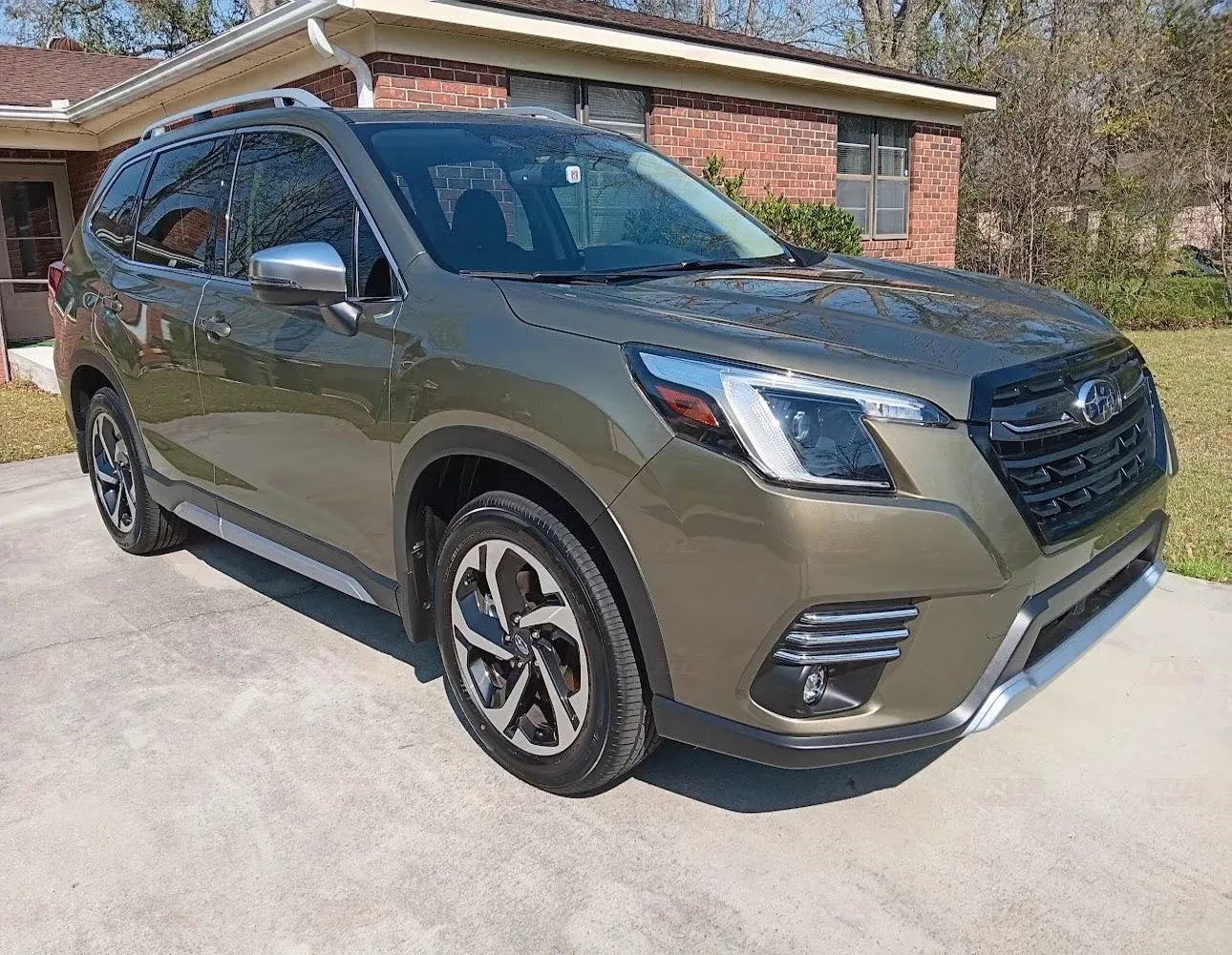
Advantages of Multiple Coating Layers
Applying multiple layers of ceramic coating doesn't just add another layer; it significantly enhances the protection and aesthetics of your vehicle's paintwork. Here's a look at some key benefits you can expect:
Enhanced Durability and Gloss
When you apply multiple layers of ceramic coating, the hydrophobic properties are amplified, allowing water and debris to slide off with more ease. Picture beads of water effortlessly gliding off the surface of your vehicle, taking dirt and grime away with them. This not only makes it easier to keep your car clean but also ensures that your vehicle stays looking cleaner for longer.
The real magic lies in the fact that the lifespan of the coating is increased—sometimes up to five years or more. That means your car is protected from the elements and maintains its glossy finish for an extended period of time.
This deeper, richer gloss not only looks great; it actually serves as a protective barrier for your vehicle's paint, shielding it from damaging UV rays and environmental contaminants.
In essence, multiple layers don't just make your car look better; they actively work towards protecting it and maintaining its appearance over a longer period of time.
By adding multiple layers of ceramic coating, you'll be giving your car a durable shield that repels water and dirt while maintaining a beautiful shine. It's like putting on an extra durable raincoat over your vehicle's paint job—keeping it safe from outdoor elements while ensuring it looks fantastic for years to come.
As we've seen, applying multiple layers of ceramic coating can provide significant advantages for your vehicle's paintwork. But what happens when you go too far with these layers?
Risks of Excessive Coating Layers
It's easy to think that more is better when it comes to protecting our car's paint. However, when it comes to ceramic coatings, too much of a good thing can actually cause problems. While it might seem like adding extra layers would give you even more protection, in reality, excessive coating may do more harm than good.
For instance, if you apply too many layers of ceramic coating, it can become difficult for the layers to cure properly. This means that the coating won’t bond as well with the paint, leading to potential issues down the line. Over-application can also increase the risk of streaking or leaving a cloudy finish on your car, which goes against the very reason you applied the ceramic coating in the first place—for that sleek and glossy look. Learn how long a ceramic coating takes to cure!
Adding excessive layers can also lead to the ceramic coating becoming brittle over time. The additional layers may not be able to flex and move with the natural expansion and contraction of the vehicle's surface, potentially leading to cracks and a compromised finish.
To avoid these potential risks, it’s essential to maintain a balanced approach when applying ceramic coatings. At Northern Lights Home & Auto Coatings, we ensure that each layer is applied carefully and consistently for maximum efficacy without compromising the integrity of the coating.
Final Words
Seeking professional insight can give you confidence in ensuring that your vehicle receives the ideal level of protection without going overboard with excessive coating layers. Our experts at Northern Lights Home & Auto Coatings have the experience and knowledge to guide you in achieving this balance effectively for the best long-term results.
For expert advice and personalized recommendations on ceramic coating layers for your car's paint protection,
contact us today. Our team is ready to provide tailored guidance for your vehicle's needs!

